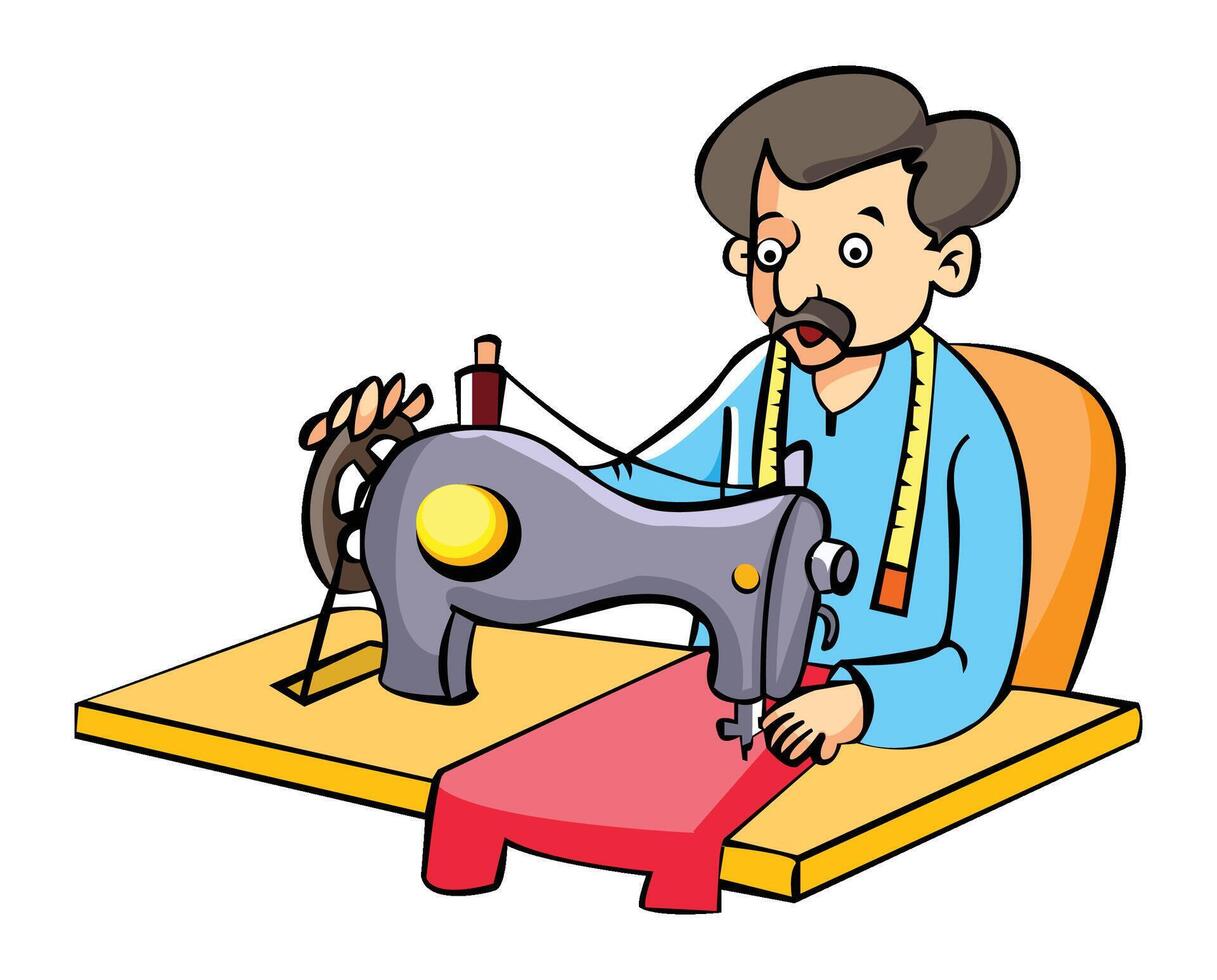Transform Your Appearance with Tailor Perth: Personalized Tailoring Services
Transform Your Appearance with Tailor Perth: Personalized Tailoring Services
Blog Article
Understanding the Tailoring Refine: From Textile Option to Final Fitting for the Suitable Closet
The customizing procedure is a complex interaction of art and science, starting with the vital decision of textile choice and culminating in the precise modifications of final installations. Each textile type brings one-of-a-kind top qualities that influence not only the aesthetic charm yet additionally the garment's longevity and suitability for numerous occasions.
Relevance of Textile Option
Picking the right material is vital in the customizing procedure, as it directly influences the convenience, toughness, and overall visual of the last garment (tailor perth). The option of fabric establishes the foundation for the garment's efficiency, capability, and design. Various textiles have distinct residential or commercial properties, such as stretch, weight, and breathability, which can significantly impact exactly how the garment drapes and fits the body
Additionally, material option influences the garment's durability and ease of care. High-grade fabrics can endure damage, keeping their appearance and framework in time, while lower-quality materials may cause pilling or fading. Additionally, the best textile adds to the garment's capability to transition across periods and occasions, therefore boosting versatility.
A customized item made from an ideal textile not only showcases craftsmanship however likewise raises the user's self-confidence. Consequently, understanding the subtleties of textile choice is extremely important for any kind of customizing venture. It makes certain that the last item not just meets the aesthetic wishes of the client however likewise straightens with practical requirements, therefore accomplishing a harmonious balance in between form and feature in the customized wardrobe.
Kinds of Fabrics and Their Usages
Understanding the different kinds of materials readily available is essential for making educated choices during the customizing procedure. Each material has one-of-a-kind characteristics that determine its viability for particular garments and events.
Cotton, recognized for its breathability and softness, is optimal for casual wear and summertime clothes. Its versatility allows it to be customized right into whatever from t shirts to gowns. Woollen, on the other hand, is preferred for its heat and framework, making it a superb selection for formal matches and outerwear - tailor perth. Its all-natural flexibility aids garments preserve form over time.
Silk shows deluxe and is light-weight, making it ideal for eveningwear and delicate shirts; nevertheless, it requires careful handling due to its fragility. Linen, with its textured surface, is a prominent option for warm environments, providing a crisp and airy feeling, yet it wrinkles conveniently, which might affect the garment's appearance.
Artificial fabrics, such as polyester and nylon, deal resilience and resistance to creases, making them appropriate for daily wear and active apparel. Comprehending these textile kinds and their residential or commercial properties permits for better decision-making, ensuring that each tailored item not only fits well but also lines up with the designated purpose and event.
The Tailoring Techniques Clarified
The art of tailoring relies upon a variety of methods that transform textile right into well-fitted garments. Central to this procedure is pattern drafting, where a dressmaker develops themes based on the client's measurements and wanted style. This first step guarantees that the garment will certainly fit the wearer properly before any kind of reducing takes place.
When patterns are established, reducing techniques come right into play. Precision is critical as inaccuracies can result in misfitting garments. Tailors typically use numerous reducing approaches, such as single-layer reducing for detailed designs and multiple-layer reducing for efficiency on basic patterns.
Basting is an additional essential method, enabling tailors YOURURL.com to momentarily sew material items together for a preliminary fitting. This approach provides the chance to examine the drape and overall shape before last stitching.
Seaming methods, consisting of flat-felled seams and French joints, boost the garment's resilience and aesthetic allure. Tailors likewise employ strategies such as interfacing and cushioning to give framework and shape to details areas, like collars and shoulders.
Last but not least, completing methods, consisting of hemming and side finishing, ensure the garment's durability while providing a sleek appearance. With each other, these strategies form the foundation of efficient tailoring, resulting in exquisite, custom-fit apparel.
Fitting Modifications and Considerations

Secret considerations consist of the Full Article shoulder fit, which needs to neither droop nor limit activity, and the sleeve size, which must allow for comfortable arm movement while keeping a refined appearance. In addition, changes at the waistline can refine the shape, with options to let out or take in material as needed.
The rise of pants is another crucial element; it needs to rest comfortably over the hips without causing discomfort, enabling simplicity of movement. Hemming sizes for both pants and skirts must mirror the user's preferred style while appreciating proportions.

Keeping Your Tailored Wardrobe
Constantly follow the treatment tag directions, which might advise completely dry cleaning for delicate fabrics or equipment cleaning for even more durable products. Prevent constant laundering, as this can put on down the fabric and modify the garment's form.
Storage is just as essential; use padded wall mounts for layers and jackets to maintain shoulder framework, and shop pants folded up neatly or hung to stop creasing. Shield garments from direct sunshine, which can fade shades and damage fibers.
Furthermore, routine examinations for minor fixings can prevent bigger issues. Check for loose switches, tearing seams, or signs of moth damage, addressing these problems quickly to maintain the garment's integrity.
Finally, consider seasonal turning. Putting on tailored pieces in small amounts permits fabrics to recoup, expanding their life-span. By implementing these upkeep techniques, you can make sure that your tailored garments continue to be as beautiful as the day you initially used them, boosting your excellent closet for many years to find.
Conclusion
The tailoring process, encompassing textile choice, knowledgeable techniques, and exact suitable changes, plays an essential role in developing garments that enhance both convenience and design. Comprehending the relevance of maintenance expands the life of tailored garments, solidifying their worth in a well-curated wardrobe.
Picking the right textile is crucial in the tailoring process, as it straight influences the convenience, toughness, and overall visual of the last garment. The option of fabric establishes the foundation for the garment's style, capability, and efficiency. Different materials have special residential properties, such as breathability, weight, and stretch, which can significantly influence how the garment drapes and fits the body.
The art of customizing relies on a range of methods that change fabric right into well-fitted garments.The customizing process, encompassing fabric option, knowledgeable techniques, and exact suitable adjustments, plays a vital duty in producing garments that improve both comfort and design.
Report this page